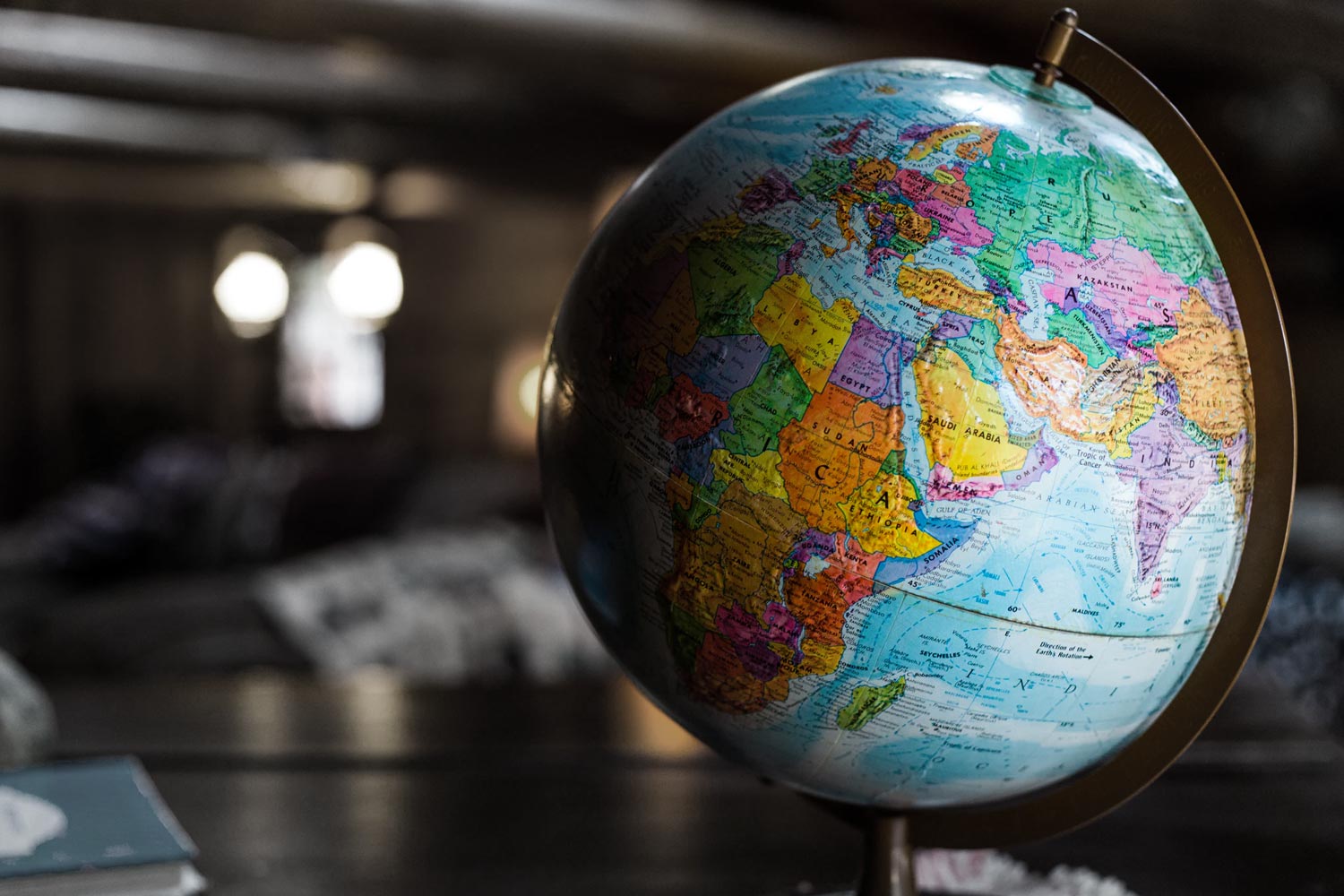We live in an era of globalisation. It has dawned upon us and there is no escape for any country. All the national economies are integrated with the world economy and there has been a movement of capital, people, resources between the borders.
We are in Globalization 3.0. In Globalization 1.0, which began around 1492, the world went from size large to size medium. In Globalization 2.0, the era that introduced us to multinational companies, it went from size medium to size small. And then around 2000 came Globalization 3.0, in which the world went from being small to tiny. It’s a tiny global village.
Since 1950, economic globalisation has transformed the world economy, contributing mightily to rising living standards but proceeding unevenly with many countries and individuals losing out. Globalisation’s scope extends from trade in goods and services to international migration of labour and, more recently, to finance. Each has involved international agreement or a consensus that reducing barriers to immigration and global investment will benefit all. Underpinning support for globalisation was a strong belief that international economic cooperation would reduce the chance of another war in the aftermath of the devastation of World War II. And the world’s leading economic power, the US, saw the opening up of the world economy as the key to economic growth that would counter Communism.
Globalisation produced both winners and losers. The economic miracle of European recovery in the 1950s and 1960s was followed by economic miracles in a number of Far Eastern countries, from Japan to Korea and China by the 1990s, raising the standard of living of urban residents to near-Western levels. The boom reduced global poverty by a billion, mainly in China and India. In the past 30 years, economic inequality among countries has declined sharply, owing partly to India’s and China’s rise, as well as to economic development across Asia. The world poverty and hunger index have also gone down significantly in these years. Almost all the economic indexes have shown a rise after the introduction of extensive globalisation.
But with every rise, comes a fall. On the emotional side, globalisation has come to represent all the downsides of large corporations being able to affect the health of small communities by closing factories, shifting investment, managing markets.
Historically, as globalisation intensified, trading routes were established between Asia and Europe. This route, along with great businesses, brought in several diseases. It is documented that an increase in travel has helped spread diseases to natives of lands who had not previously been exposed. When a native population is infected with a new illness, where they have not developed antibodies through generations of previous exposure, the new disease tends to run rampant within the community.
Statistically, before globalisation, the transmission of diseases was less. The most significant example would be the Influenza A virus H1N2 sometimes referred to as bird flu virus. It is currently endemic in human, bird and pig populations. It was first identified between December 1988 and March 1989, in 6 cities in China, but the virus did not spread further. As globalisation was at its peak, in 2002, the World Health Organization (WHO) reported the identification influenza A(H1N2) virus from humans in the UK, Israel, and Egypt. However, the WHO successfully managed to tackle this virus with the advanced medical sciences.
Similarly, the global transportation and the communications revolution has enabled rapid response to epidemics and catastrophes, saving thousands of lives. The explosion of information technology, medical science and international standard of education, in the past 20 years, have had a tremendous impact on some of the poorest and most remote areas around the world. We now live in a sort of seamless world in which one can get knowledge and information about health instantaneously. Doctors are available, and so are medicines, which are a lot cheaper than they were before globalisation. This is the paradox of globalisation.
Considering the particular case of coronavirus, we need to be clear of the fact that- COVID-19 is a global crisis, not a crisis of globalisation. Now the coronavirus pandemic has led to even more barriers between nations. Within the EU, countries have abandoned free movement brought by Schengen Agreement and unilaterally erected national barriers to protect their citizens. There has been no serious attempt to share the economic burden, while Britain’s exit from the EU will increase trade barriers further. The crisis has exacerbated the trade war between the US and China, with each blaming the other for the virus outbreak.
The irony remains. With our economies even more interconnected, we do not have the luxury of retreating into self-sufficiency to revive our national economies, as both the US and Germany did in the 1930s. Some predict we will see a society that shows more solidarity and a new economic model that works for all, and perhaps a greater spirit of international cooperation, for example on climate change. The world now faces a stark choice. Find a way to harness globalisation to a common purpose, or retreat into isolationism and nationalism that will crash the world economy and increase international tensions.
Only time can tell.



Get Social